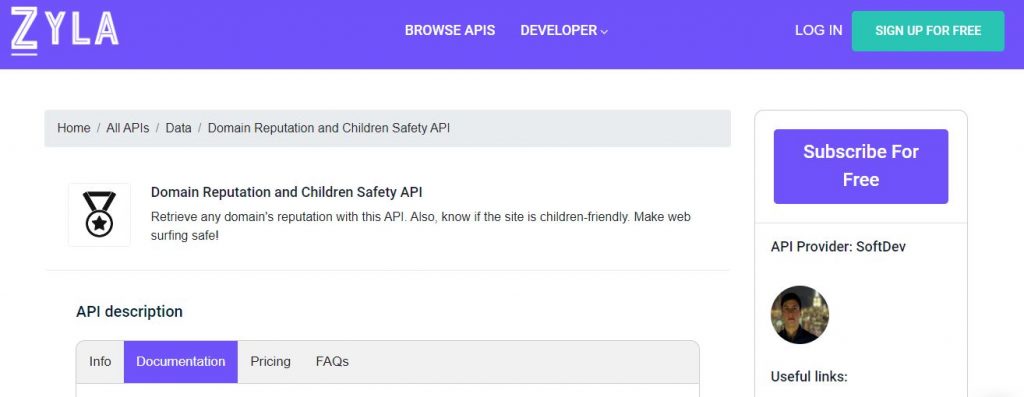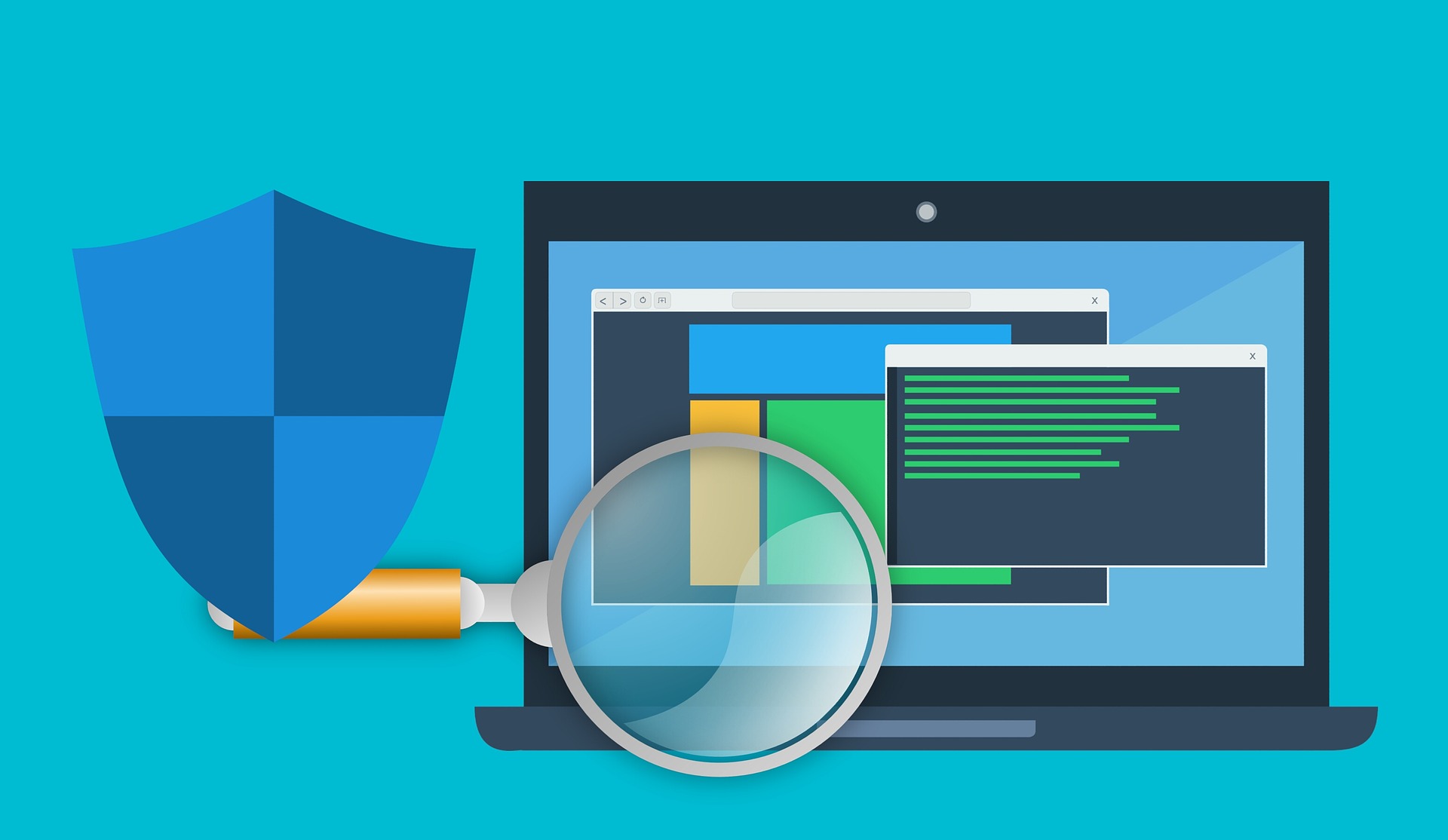Are you wondering how do domain reputation APIs work and how they can help you with content safety? Then, this article is for you because here we will share with you all the answers you need and much more!
Domain reputation APIs are software programs that can tell you in a matter of seconds whether a website is secure or not, according to various analyses and categories they perform and use.
These APIs are increasingly used by B2Bs, SMEs and large companies to check that the content of their sites are appropriate and trustworthy for their visitors, so that they can ensure they get good traffic and be promoted by Google, which rewards safe sites in its search results.

Domain reputation APIs can be very useful to take care of the content safety of companies, because, besides telling if a website is safe or not, they provide a confidence level where 100 means totally safe and 0 means not safe at all. This way, you can analyse your URL and know to what extent you need to make adjustments to increase its security.
On the other hand, it also provides a list of categories to which a site is associated. This allows you to know how Google reads your page and to find out if it is being correctly categorised or not.
But that’s not all. In addition to content safety, these APIs can be used to protect a company’s internal network and know which sites should be blocked to prevent fraud, cyberattacks, data theft and so on. In short, you should use a domain reputation API to strengthen your company’s cybersecurity.
By verifying a domain’s WHOIS data, name server configurations, IP address infrastructure, SSL connections made by the target domain, SSL certificates, DNX MX record configurations, associated mail server setups, and the outcomes of a reverse IP lookup, these APIs deliver reliable responses.
Now that you know how a domain reputation API can be useful and how it works, we will introduce you to what we consider to be the most accurate and effective of them all below.
What Is The Best Domain Reputation API?

The best domain reputation API for content safety is named Domain Reputation And Children Safety API and it is available on the Zyla API Hub. We believe that this is the most trustworthy instrument for 2022. It is the quickest and easiest to use because to its platform, which delivers responses in only a few seconds. You can classify any URL using this API according to its security status, domain reputation, and confidence score.
You can quickly find out if a website is secure and suitable for children by utilizing a search engine. However, you might be able to avoid frauds and improper websites by using this API. Adopting this API is therefore highly recommended if you want to increase security generally, but especially if you’re an educational institution looking for a rapid fix.
As a result, the confidence level, which ranges from 1 to 100, kid safety level, which also ranges from 1 to 100, and safety status, which in a secure domain signals “safe,” can all be extracted. To assist you quickly assess whether URLs contain explicit or unlawful information, you will also be given a confidence score and a list of categories. For all of these reasons, we think it’s the ideal confidence score API to utilize when researching the reputation of your rivals, and we wholeheartedly recommend it to anyone looking for a tool to rapidly classify any URL.
How To Use This
The following actions must be taken to ensure that Domain Reputation And Children Safety API is used correctly:
- Choose the Domain Reputation and Children Safety API from the Zyla API Hub.
- Verify your identity following the creation of an API Key.
- Enter the URL that is being examined and assessed.
- Analyze the outcomes.
We have already told you how do domain reputation APIs work and how they can be used for content safety. Give it a try and prove it by yourself!

